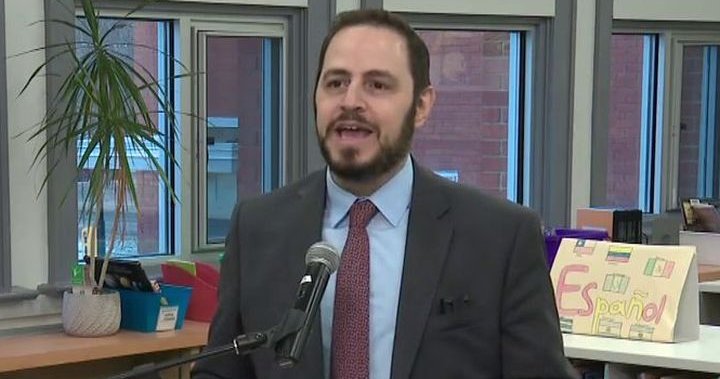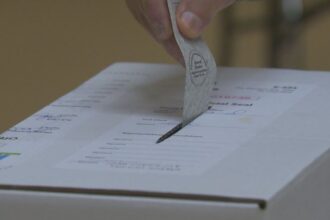In a climate of escalating classroom disruptions across Alberta, education stakeholders are grappling with an uncomfortable reality: school violence has reached concerning levels that demand immediate attention. Recent incidents involving both students and teachers have pushed the provincial government to accelerate discussions on potential interventions, though critics argue these measures may be coming too late for those already affected.
“What we’re witnessing isn’t merely typical schoolyard behavior,” says Alberta Teachers’ Association President Jason Schilling. “We’re seeing patterns of aggression that compromise the safety of learning environments and leave educators feeling unsupported and vulnerable.”
The Alberta government recently announced plans to introduce comprehensive guidelines aimed at addressing violence in educational settings. Education Minister Demetrios Nicolaides has committed to developing a standardized reporting mechanism for violent incidents, accompanied by enhanced training for school staff on de-escalation techniques and early intervention strategies.
“Our primary responsibility is ensuring every classroom in Alberta remains a safe environment for learning,” Nicolaides stated during a press conference in Edmonton last week. “No student or teacher should feel threatened while engaged in the educational process.”
According to CO24 News investigations, reports of classroom violence have increased by approximately 27% over the past three years in Alberta’s major school districts. These incidents range from verbal aggression to physical altercations, with some requiring medical attention for those involved.
The Alberta School Councils’ Association has been particularly vocal about implementing preventative measures. Their recent survey revealed that 64% of parents express concerns about their children’s safety at school, while 71% believe current disciplinary protocols are insufficient.
“Parents are increasingly anxious about sending their children to environments where violent outbursts have become normalized,” explains ASCA representative Marilyn Bergstra. “We need solutions that address root causes rather than merely responding to incidents after they occur.”
Mental health specialists point to multiple factors contributing to the current situation. Dr. Eleanor Whitfield, child psychologist at the University of Alberta, suggests that post-pandemic readjustment, increased screen time, and exposure to violent media all play roles in behavioral changes among school-aged children.
“We’re observing the aftermath of extended social isolation combined with heightened anxiety levels,” Dr. Whitfield noted in an interview with CO24 Canada. “Many students lack the social-emotional skills needed to navigate complex interpersonal situations appropriately.”
The government’s proposed framework includes $12 million in additional funding for specialized support staff, including counselors and behavioral interventionists. However, opposition critics argue this amount falls significantly short of addressing systemic issues within the education system.
NDP education critic Amanda Barrie characterized the funding as “a band-aid solution for a problem requiring comprehensive surgery.” She advocates for smaller class sizes, more educational assistants, and dedicated mental health professionals in every school.
School boards across the province have begun implementing their own interim measures while awaiting provincial guidance. Calgary Board of Education has introduced enhanced security protocols and communication systems, while Edmonton Public Schools has expanded its restorative justice programs aimed at addressing conflict constructively.
For teachers like Michael Townsend, who recently required medical attention after intervening in a violent altercation between students, these measures can’t come quickly enough.
“I became an educator to inspire young minds, not to serve as security personnel,” Townsend shared. “The frequency of these incidents is driving talented teachers away from the profession at a time when we desperately need them.”
Parents, educators, and policymakers now face critical questions about balancing disciplinary consequences with supportive interventions. The provincial guidelines expected next month will likely influence approaches across Alberta’s 61 school districts for years to come.
As our schools navigate these challenging waters, the fundamental question remains: can Alberta develop solutions that effectively address current behavioral issues while simultaneously preparing students for success in an increasingly complex world?











